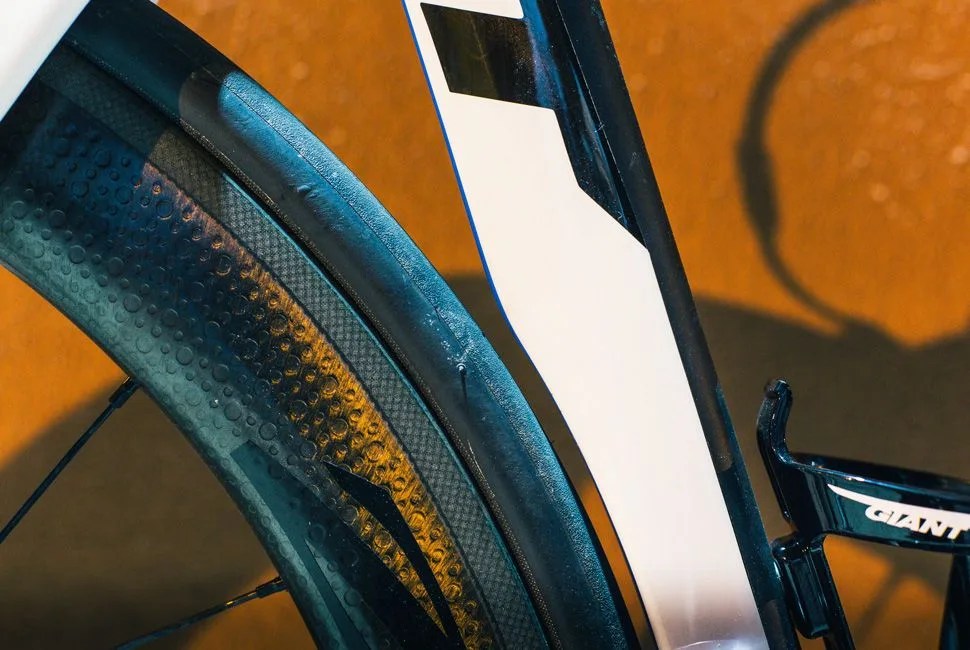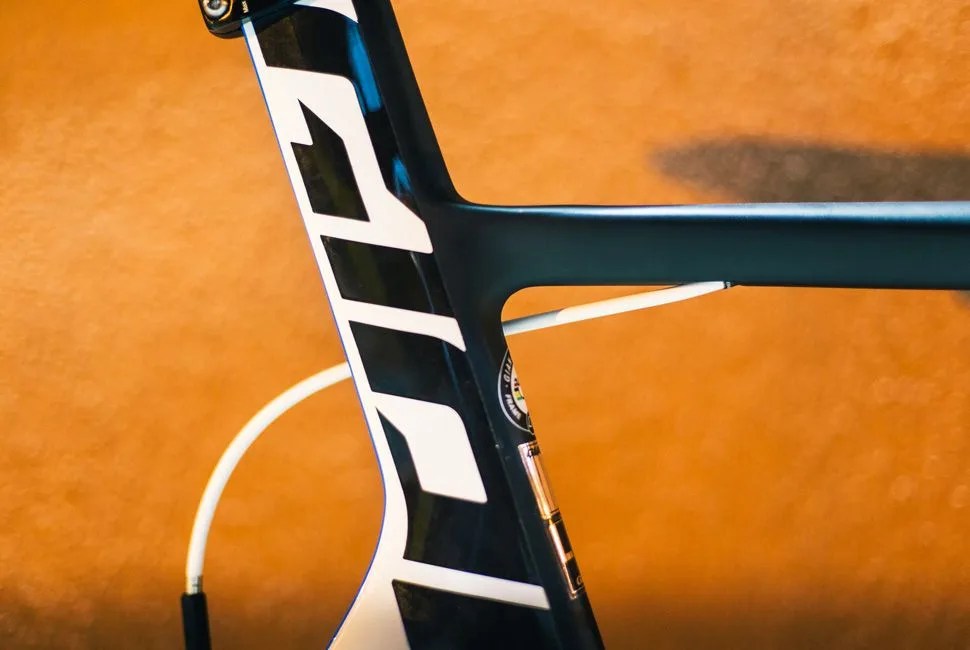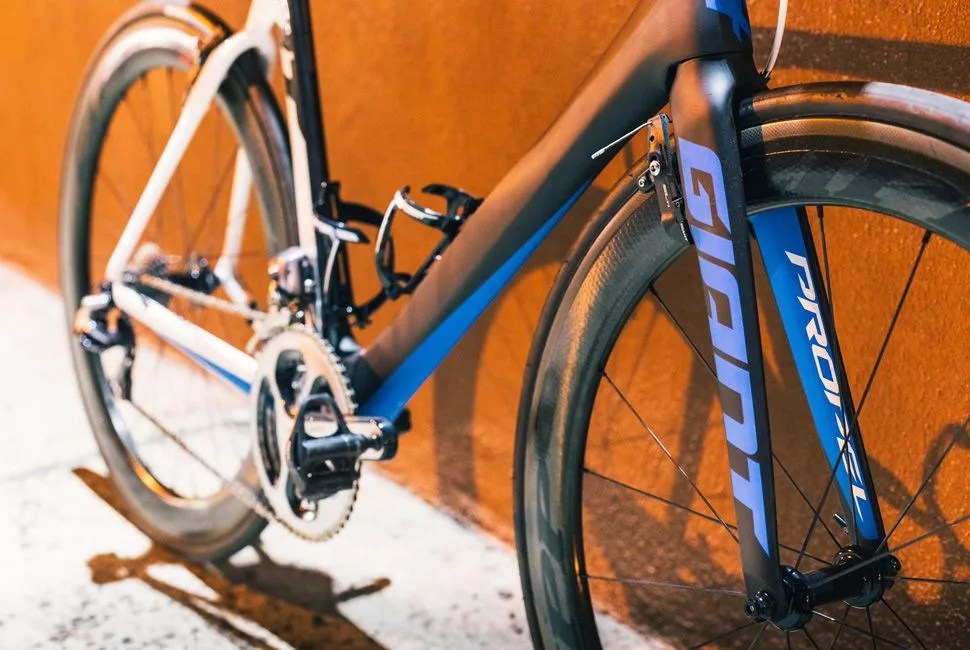Giant tends to be far from the first brand that comes to mind when serious cyclists are looking to spend upwards of $5,000 on a road bike, but from where I’m sitting atop their most extreme example, the Propel Advanced SL 0 ($10,800), it’s hard to see why. Sure, the idea of dropping 10 grand on a Giant when you could get a BMC, Pinarello Willer, or S-Works seems like a tough sell, but their latest aero offering has a lot going for it. The Propel Advanced SL isn’t the revolution of the first aero bikes or as loin-stirring as anything from Europe, but it leverages Giant’s scale and R&D to show just how good an aero bike can be.
Giant is huge. The Taiwanese company racked up $5.6 billion in revenue in 2014 (Specialized Bicycles by comparison earned something around $500 million) making them the world’s biggest bike manufacturer by a comfortable margin. Of course, a lot of Giant’s sales comes from manufacturing bikes in the $100-to-$200 range for Asia and Europe, but their scale with carbon fiber is equally prolific. Giant is one of the very few companies making carbon fiber bikes that does every step, from design to molding to finishing, in house, with no help from third-party factories. In fact, their facilities are so massive that they supplement their own production with contract work for bike companies that design and engineer frames and then hire companies like Giant to actually produce and mold the frames. Cervélo, Felt, Orbea and Specialized all tend to favor this approach but rarely let the name of their manufacturer slip.
All this manufacturing prowess would be nothing without an equally impressive R&D department, and luckily Giant’s got that going for it, too. You know how nearly every road bike these days has a sloping top tube and compact geometry (less weight, more stiffness, easier to make)? That was their invention in the mid ‘90s. Giant’s flagship TCR Advanced used this lightweight compact design to such great effect that the UCI — pro cycling’s governing body — banned the sloping top tube and instituted a (now infamous) 15-pound weight limit in 1999. (They quickly backpedaled on the sloping top tube, but the weight limit remains.) And yet, despite all of Giant’s manufacturing, carbon fiber and R&D prowess, they’re still often lumped in with the Schwinns and the GTs of the world. The new Propel hopes to change that.
The first thing you notice about the Propel is how good looking it is. Giants of old were famous for absurd color schemes and terrible graphics but the whole Advanced SL line is really attractive. Giant’s ditched overused red and black paint and carbon weaves and taken on a more refined, grown-up combination of blue and white paint with matted carbon fiber. The one-piece seat mast makes the Propel look way sleeker than competing aero bikes, even if the fact that you have to cut it to size hurts resale, travel packability and ease to fit. It’s the same story with the one-piece handlebar and stem, which are wildly stiff and unbelievably cool looking, but don’t exactly make it easy to change bar width or stem length. The sleekness continues with the tightly integrated SpeedControl SL Ti brakes tucked behind the fork and seat stays. Combine all these features and toss in some beautiful Zipp 404 wheels, a perfectly paired Shimano Dura Ace Di2 groupset and a Fizik Arione saddle and you’ve got a bike that just looks fast, especially from head on. And if Usain Bolt, the Ferrari F12 and Concorde have taught us anything, it’s that if you look fast, being fast is almost guaranteed.
7 photos
With seat mast cut, Di2 batteries charged and tires inflated, it was time to put that theory to the test. The inaugural ride would be a 60-mile jaunt from Brooklyn to Nyack, New York, that would test just about every aspect of the Propel on a beautiful June morning. The 40 minutes it took to reach the top of Manhattan were, in a word, shit. The Propel Advanced SL is not a comfort bike. It will not be raced in the Paris-Roubaix or Tour of Flanders. It cannot deal with potholes, road construction and unsuspecting tourists. The integrated, titanium brakes aren’t great for quick stopping and made me wish Giant had offered their Pro-Team-only CNC machined aluminum versions, which add a bit of weight but help tremendously with stopping power. The bike makes almost no concessions for comfort and it’s unapologetic about it. If you want a rough-road-ready Giant, get the Defy Advanced SL. All that being said, once the city had been left behind and I’d turned onto the beautiful Henry Hudson drive along the Hudson River, things took a turn for the best. This bike comes into its own with clean, open road in front of it, and the way the Propel felt at 28 mph, when all the aero started working, was a thing of wonder. It feels like you have all the momentum in the world and power to spare. The popping and banging as the Di2 rear derailleur picks up the next cog, paired with the whooshing of the 58mm deep Zipp 404s, is all the motivation in the world to keep going hard. A quick aside on those wheels: it’s insane to have that level of wheel come stock on a bike. While most top-tier bikes will come with house-brand wheels, like Specialized’s Roval or Scott’s Syncros, it’s incredibly rare for a bike to come with a name-brand, full-carbon clincher. Considering the wheels alone retail for $2,800, they go a long way in justifying the nearly $11,000 asking price of the Propel.
if Usain Bolt, the Ferrari F12 and Concorde have taught us anything, it’s that if you look fast, being fast is almost guaranteed.







